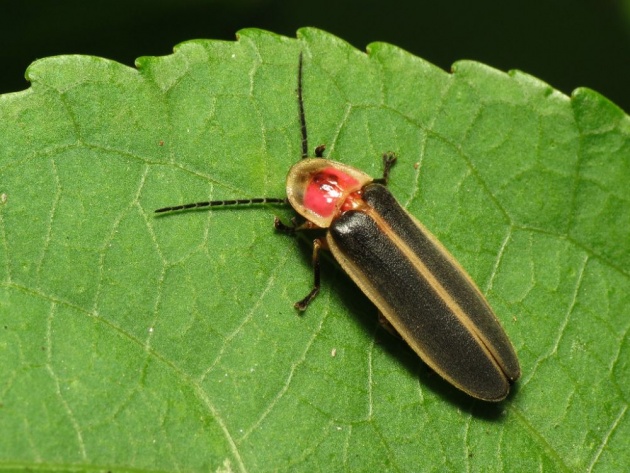 image source: www.google.com
image source: www.google.com
Hello, guys!
Yesterday, I had some free time and was wondering what to do during the day. So, somehow thoughts about my past came to my mind, and from one to another, I remembered about my childhood when I was catching fireflies at my hometown and in my village. I mean, not catching like capturing, but just holding them in my hand for a few seconds and then releasing the insect. Those were indeed fun times.
I haven't seen a firefly for a really long time now. In fact, I can't even remember when was the last time I encountered these magical creatures. Maybe 10 years ago, or maybe more, but the truth is that they don't like the urbanized areas and can't be seen in the cities anymore. So, I want to take the chance to write this blog about the fireflies and provide some facts about them.
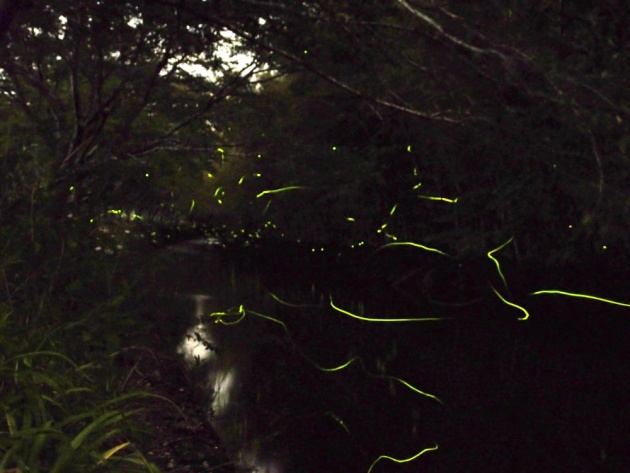 image source: www.google.com
image source: www.google.com
Facts about Fireflies
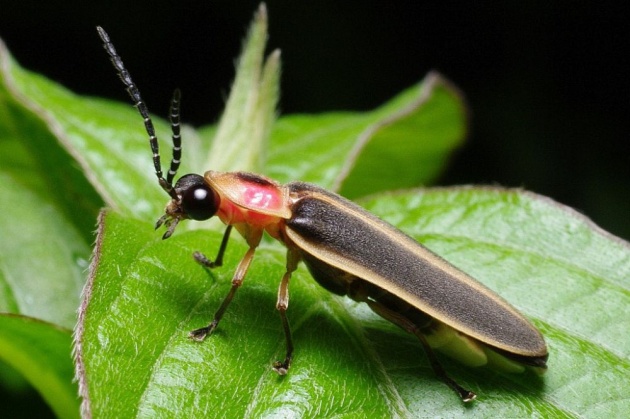 image source: www.google.com
image source: www.google.com
Despite the name of the fireflies, they are actually beetles. They are classified under the order Coleoptera, which simply means beetles with hard wings. One of the specific features of all beetles is their upper pair of wings, which don't participate actively in flying. Their hard shell-like style is due to the substance chitin, contained in them. These wings are called elytra and cover the transparent wings beneath, used for flying. Some other notable species part of the Coleoptera order are the ladybug, rose chafer, stag beetle, etc.
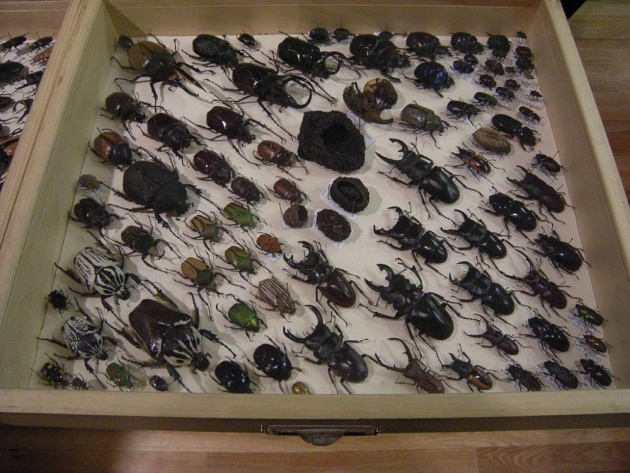 image source: www.google.com
image source: www.google.com
Fireflies are part of the family Lampyridae and include around 2000 species. Fireflies are widespread; they can be found in the temperate and tropical zones, usually in summer. Like most insects, they prefer high humidity and live close to rivers, lakes or other fresh-watered pools. Not all fireflies are able to produce light; there are species from the same family, which are just "regular beetles". However, the ones which can produce, are able to perform synchronized lighting in certain areas of the world. They can send signals to other fireflies or species through the brightness and the frequency of their glow. I'll add one last thing about these beetles, which shouldn't be underestimated. They are useful for people because they feed on harmful insects and destroy their large populations.
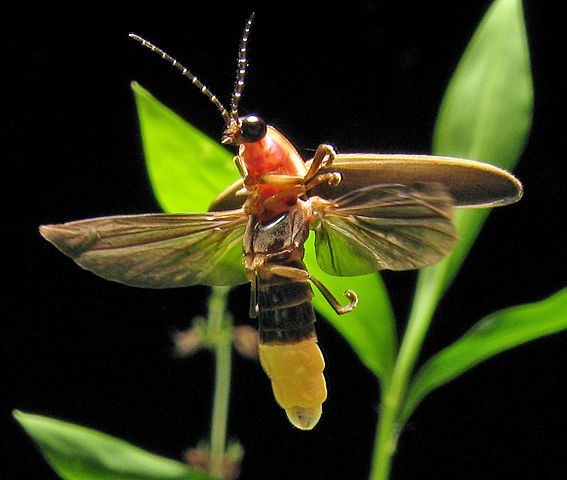 image source: www.google.com
image source: www.google.com
Light of Fireflies
Of course, the most amazing thing about the fireflies is their capability of producing light. They do this due to a complicated chemical process they are able to perform, called bioluminescence. First, let's make clear about the exact meaning of the term bioluminescence.
Bioluminescence is the production and emission of light by a living organism. It is a form of chemiluminescence.
In order the bioluminescence to happen, two chemicals are needed. The first one, luciferin, is responsible for the glow. It is a heat-resistant pigment. And the second one is luciferase, which is an enzyme, providing the flashing of the produced light. The glow is emitted by an organ, located below the abdominal area of the body of the fireflies, and the mechanism of it is combining both chemicals to make a reaction. During the process, the energy is transformed into cold light, i.e. extremely small amounts are used to produce heat. It is impressive how these light-producing insects manage to do the whole complicated reaction completely naturally. And to make the entire transformation through their bodies, they need to enter into a series of chemical reactions, until the final result is achieved. For the whole thing to work, other substances are also needed, such as oxygen, for example.
video source: www.youtube.com
Bioluminescence is not only available for fireflies. It is a unique process in nature, and other species also use it for the purpose of light production. It is prevalent deep under the water, in the oceans. The color of the light can vary from yellow and orange to green or other tones of these colors. The combination of the cells which form the light-producing organ is called photophore. Animals that have this organ are jellyfish, several species of fish, squid, worms, insects, etc.
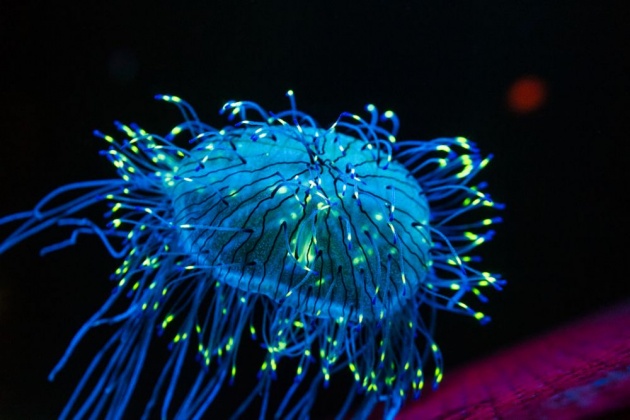 image source: www.google.com
image source: www.google.com
What is the light used for?
Of course, the produced light has its purpose. The most probable and obvious reason is for the male to find the female insects during their reproductive period. Other reasons are for communication between the insects and for protecting against enemies. The light fireflies emit is flashing at a certain frequency, which is understood by the other insects and attracts them. Some species of fireflies have the ability to produce light at all stages of their life and in both genders - as eggs, larvae, and as mature insects. The reason for the need of light in the early stages of their development is most probably for protection, as a form of mimicry.
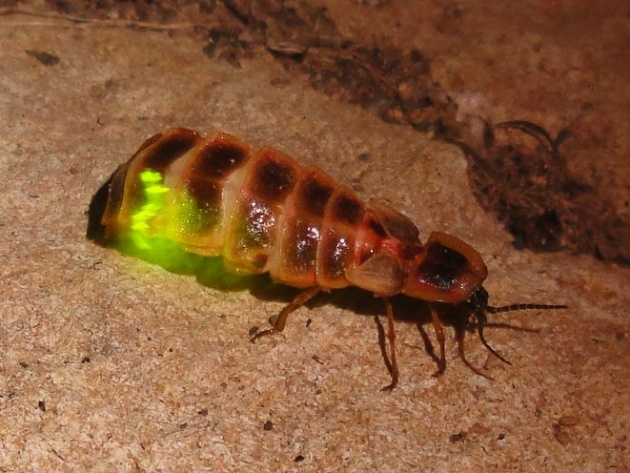 image source: www.google.com
image source: www.google.com
Common Firefly
Out of their species, I want to emphasize on the common firefly as this is the one I'm most familiar with. Its official scientific name is Lampyris noctiluca. This species is widely spread across Europe and Asia. These fireflies have clearly determined dimorphism. Only the male fireflies have wings and are capable of flying. The size of the grown insects can reach up to 1 - 1.5 cm. The females are worm-like, and a bit longer of size. They don't have wings and look a lot like the larvae. The common fireflies can control the brightness of their glow, which is used for communication purposes. The fireflies inhabit quiet areas where they can live undisturbed. They depend on the light to reproduce, so for them is bad when there is any additional lighting which could distract and confuse them. In many places, people have destroyed their natural habitats and forced them to move to another area.
video source: www.youtube.com
The larvae of the fireflies are carnivorous and feed on smaller animals, snails, worms, insects, and other soft food. This is an impressive achievement considering the size of the larva compared to the much bigger size of the snail. They manage to feed on such food because snails are herbivorous and don't attack, and another reason is a special liquid they produce, which gives them the opportunity to digest soft animals easily. Usually, larvae can be seen crawling on the trees. They spend a few years as larvae before turning into an imago. During the cold season, they hibernate due to the difficulties in finding food. Adult fireflies are herbivorous, they feed on floral nectar. Once they are ready to reproduce, their life is short. They are most active in the warmer months of June and July. After these months and completing the process of reproduction, e.g. laying their eggs, fireflies die.
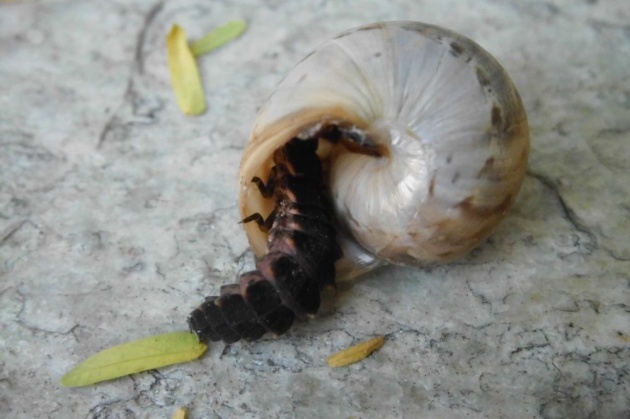 image source: www.google.com
image source: www.google.com
Unfortunately, the number of the fireflies tends to reduce recently. The reasons for that are several, but as you can guess, human activity is the main threat to them. Either by destroying their habitats, pollution, lighting that can distract and disorientate the beetles, or by simply killing them. As insects/predators with plenty of options for natural protection (mimicry, light, taste, hard wings), they don't have many other enemies.
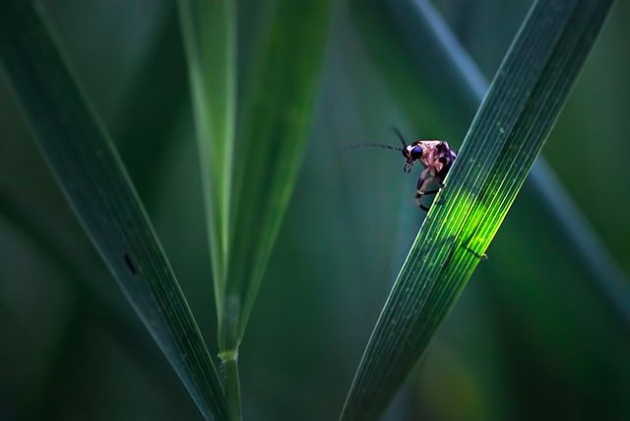 image source: www.google.com
image source: www.google.com
I always found those creatures fascinating because of their abilities to emit light. And the most fun part for me is that if we ignore the bioluminescence, their look is not anything special. If it wasn't the light, most people wouldn't even know the name of these beetles. Anyway, I hope I managed to provide enough information on this blog.
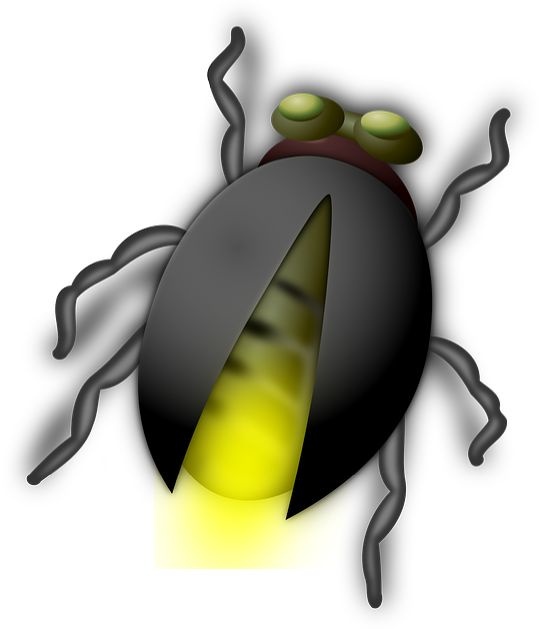 image source: www.pixabay.com
image source: www.pixabay.com
Thanks for reading!
- NinaB



